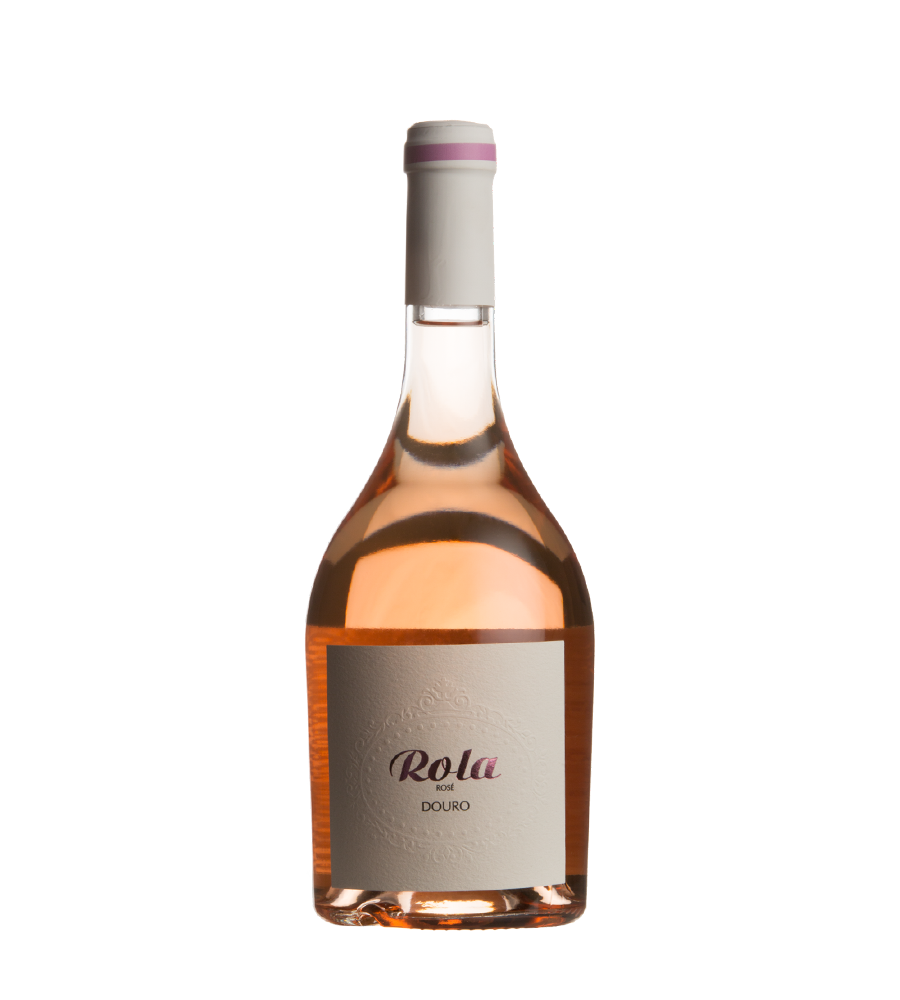Rola
The 2021/2022 wine-growing year was characterised by some fluctuations in temperature and annual rainfall compared to historical values, and is considered a normal, dry year.
The lack of rainfall throughout the month of March in the entire region favoured the low occurrence of downy mildew infections, jeopardising their development and intensity from the start of the growing season. The mild temperatures recorded during the spring/summer period created good conditions for the development of powdery mildew which, although reduced, remained active until the beginning of the Painting Season, in some situations requiring a curative protection strategy until the end of the cycle.
Despite the very dry months of March and May, the relatively wet winter and the rainfall in April and June meant that water was not a limiting factor for the normal development of the vine until quite late in the cycle (Slight to moderate deficit to Pintor).
According to the data collected, the vegetative cycle in the three sub-regions showed a slight to moderate advance compared to the average of the last 7 years (2014-2020), with a similar behaviour to 2020. This year’s harvest was very close to the 2014-2020 average, starting at the end of August and ending at the end of September.
Taking into account the conditions up to 12 July (the date of the Interim Balance), it was considered that the harvest forecast should be close to 235,000 barrels, the lower limit predicted by the pollen model. This trend was observed at harvest time, but may have been slightly higher due to the rainfall in September.
In short, we can conclude that 2022 will be a year of slightly higher productivity than the average of the last 10 years (the average from 2011 to 2020 is 230,000 barrels), with a long, cool and rainy harvest (essentially from the 2nd fortnight of September). The musts are of good quality, fresher and slightly less alcoholic, enhancing the characteristics of wines to be consumed young.
Origin of the grapes
ROLA Douro Rosé shows the unique and distinctive character of the Touriga Nacionalgrape variety. This rosé is made from a 10-year-old vineyard and a 30-year-old vineyard.
Vinification and ageing
Grapes are destemmed and bled into the fermentation vat, with the resulting must decanted into 2,500-litre stainless steel tanks for 24 hours at 8°C.
Bottling: March 2022. 13300 bottles of 75cl were produced.
Allergens information
Contains sulphites.
SKU: 106126


